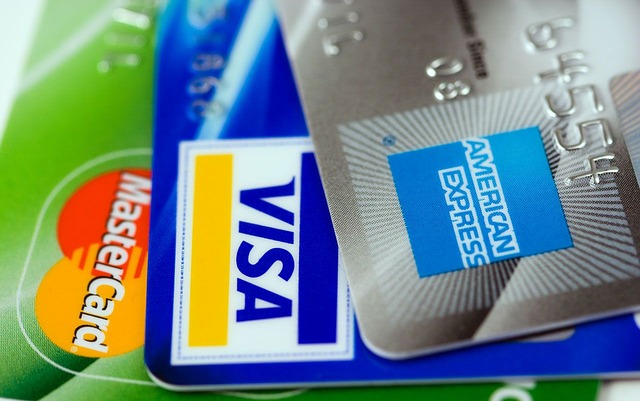
03 May Is it better to use one credit card or several?
Photo: pixabay.comQ. I have a credit score of 800 and my four credit cards have close to zero balances. Is it better to charge something small on each credit card during the month and then pay it off when the bill comes? Or is it better to just use one credit card so I can keep a zero balance on the other three? What would have a more positive impact on my score?
— Borrower
A. Congratulations on your outstanding credit score!
Any score over 800 is considered “exceptional” and would entitle you to the most favorable borrowing rates.
To understand the best strategies for using your credit cards, you first need to understand what’s behind your credit score.
Payment history comprises 35 percent of the calculation, said Claudia Mott, a certified financial planner with Epona Financial Solutions in Basking Ridge.
“Therefore making timely payments and not getting behind will have the most lasting impact,” she said. “A late payment can remain on a credit report for seven years. Therefore, it is always best to pay your bills on time when they are due.”
The other parts of your credit score calculation? 30 percent is the amount owed, 15 percent is the length of credit history, 10 percent is your credit mix and 10 percent is new credit.
Under the “amount owed” category, you need to look at your “credit utilization ratio,” or CUR.
“CUR is calculated by comparing the credit limit on revolving credit cards to the outstanding balance,” Mott said. “A CUR under 7 percent is a very good ratio and will favorably impact an individual’s credit score. A ratio between 10 and 20 percent is deemed acceptable, while anything exceeding 30 percent will negatively affect a credit score.”
Mott said the calculation of the ratio can take into account both the amount you owe on individual cards and how the total amount outstanding compares to the overall credit limit with the latter being the more important input.
Also, she said, keep in mind that the calculation may take place at any time during the billing cycle so even though you pay the cards off each month, your calculated CUR may not be zero.
Given that the calculation of total usage versus total available credit is of greater importance, being sure that you stay under the 7 percent limit on all cards overall is essential, she said.
“Having multiple cards with zero balances can also be an issue, as the credit utilization ratio for those is zero percent,” she said. “While it might seem that having no balances is a plus, it is actually just the opposite and can have a slight negative impact on your credit score.”
For that reason, she recommends you use each card during the month so they show some activity, but keep your CUR below 7 percent.
“This will give you an attractive overall credit utilization ratio and eliminate the zero percent values that some cards may have been carrying,” she said. “Unfortunately, the details on the calculation of a credit score is not available to consumers, so it is hard to know whether the combined CUR of 7 percent or lower is more beneficial than eliminating the zero percent figures.”
Email your questions to .
This story was originally published on May 3, 2019.
NJMoneyHelp.com presents certain general financial planning principles and advice, but should never be viewed as a substitute for obtaining advice from a personal professional advisor who understands your unique individual circumstances.

